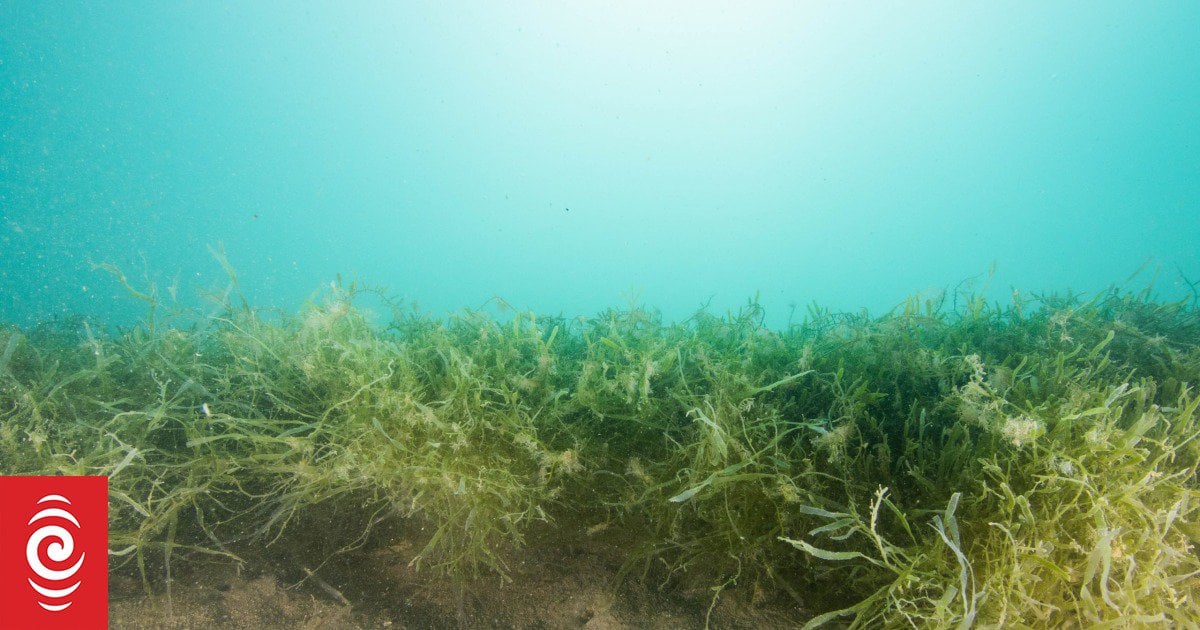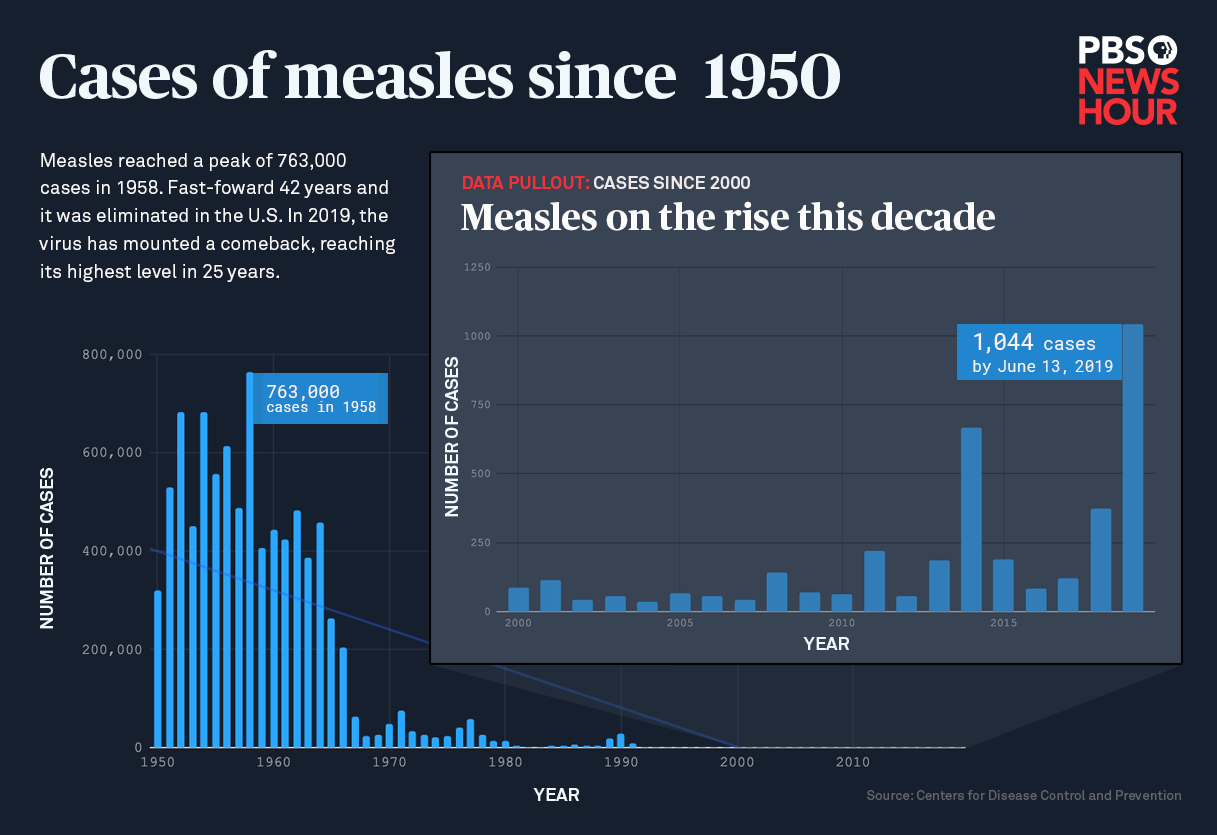Australia's Marine Fauna Under Siege: The Invasive Seaweed Threat

Table of Contents
The Culprits: Identifying Invasive Seaweed Species in Australia
Several invasive seaweed species pose significant threats to Australia's marine environment. Two notable examples are Caulerpa taxifolia and Undaria pinnatifida.
-
Caulerpa taxifolia: This aggressive seaweed, originating from the Mediterranean, was accidentally introduced to Australian waters and has since spread rapidly, forming dense mats that smother native seagrass beds and coral reefs. Its rapid growth and ability to outcompete native species make it a particularly serious threat.
-
Undaria pinnatifida: Also known as wakame, this species from Japan is now widespread in southeastern Australia. It's often introduced through ballast water in ships and quickly establishes itself, altering the habitat and competing with native kelp forests.
Key characteristics for identification:
- Caulerpa taxifolia: Bright green, feathery appearance, distinctive segmented structure.
- Undaria pinnatifida: Brownish-green, leaf-like blades, grows in dense clumps.
Preferred Habitats: Both species thrive in temperate coastal waters, attaching to rocks, artificial structures, and other substrates. Their rapid spread is facilitated by fragmentation; small pieces can break off and establish new colonies.
The Devastating Impact: How Invasive Seaweed Affects Marine Life
The ecological consequences of invasive seaweed are profound. These species disrupt the delicate balance of Australia's marine ecosystems in several ways:
-
Habitat destruction and loss of biodiversity: Invasive seaweed smothers native seagrass beds and kelp forests, leading to habitat loss for numerous species. This reduces biodiversity and can cause the decline or even extinction of vulnerable species.
-
Competition for resources: Invasive seaweeds outcompete native species for light, nutrients, and space, hindering their growth and survival.
-
Altered food webs and disruption of ecosystem services: The changes in species composition brought about by invasive seaweed can disrupt established food webs, impacting the entire ecosystem. This can also affect critical ecosystem services, such as coastal protection and water filtration.
Specific examples include the decline of native fish populations due to habitat loss, reduced shellfish harvests, and the disappearance of smaller invertebrates that depend on the native flora. In some areas, the extent of damage is significant, with reports showing a considerable decrease in native species populations.
The Economic Fallout: The Cost of Invasive Seaweed Management
The economic impacts of invasive seaweed are substantial, affecting multiple sectors:
-
Reduced fishing yields: The destruction of crucial habitats directly impacts fish populations, resulting in reduced catches and lower revenue for the fishing industry.
-
Decreased tourism revenue: The presence of invasive seaweed can make coastal areas less attractive for tourism, leading to reduced visitor numbers and economic losses for businesses that rely on tourism.
-
Costs associated with control and removal programs: Eradication and management of invasive seaweed are costly, requiring significant investment in research, monitoring, and physical removal efforts. This puts a considerable strain on government budgets and environmental organizations.
The potential long-term economic consequences are significant, and the full cost is difficult to quantify but undoubtedly represents a considerable drain on the Australian economy.
Combating the Invasion: Strategies for Management and Control
Various methods are employed to control and manage invasive seaweed, but each has its own challenges:
-
Mechanical removal: Physical removal of seaweed is labor-intensive and effective only in localized areas, especially in early stages of invasion.
-
Chemical control: Herbicides can be effective but also have potentially harmful effects on non-target species, and their application necessitates careful consideration of environmental impacts.
-
Biological control: This involves introducing natural predators or pathogens to control the invasive species, requiring extensive research and careful assessment to ensure it doesn't create further problems.
-
Community involvement and public awareness campaigns: Public education and community involvement are crucial for preventing further introductions and early detection of new infestations.
The Role of Research and Monitoring in Combating Invasive Seaweed
Ongoing research into the biology, ecology, and spread patterns of invasive seaweeds is critical for developing effective control strategies. Effective monitoring programs are essential to track the spread of existing infestations and detect new introductions promptly. Technological advancements, including remote sensing and underwater imaging, play a crucial role in detection and mapping of invasive seaweed.
Conclusion
Invasive seaweed poses a significant threat to Australia's unique marine fauna and ecosystems, causing substantial ecological damage and considerable economic losses. The rapid spread of species like Caulerpa taxifolia and Undaria pinnatifida underscores the urgency of the situation. Combating this invasion requires a multi-pronged approach encompassing research, effective monitoring, and implementation of appropriate control strategies, along with strong community involvement. Protecting Australia's unique marine ecosystems from the threat of invasive seaweed requires collective action. Learn more about the issue and find out how you can contribute to conservation efforts at [link to relevant organization 1] and [link to relevant organization 2]. The future health of Australia’s marine environment depends on our ability to effectively manage and control invasive seaweed.

Featured Posts
-
 Ufc News Jon Jones Sniping At Tom Aspinall Fuels Ongoing Feud
May 30, 2025
Ufc News Jon Jones Sniping At Tom Aspinall Fuels Ongoing Feud
May 30, 2025 -
 Rapid Growth In The Vaccine Packaging Market An In Depth Analysis
May 30, 2025
Rapid Growth In The Vaccine Packaging Market An In Depth Analysis
May 30, 2025 -
 Measles Outbreak Updates Current Spread In The U S
May 30, 2025
Measles Outbreak Updates Current Spread In The U S
May 30, 2025 -
 Tileoptiko Programma Kyriaki 4 5 Maioy Odigos Programmatos
May 30, 2025
Tileoptiko Programma Kyriaki 4 5 Maioy Odigos Programmatos
May 30, 2025 -
 Monte Carlo Final Analysis Of Musettis Injury And Alcarazs Performance
May 30, 2025
Monte Carlo Final Analysis Of Musettis Injury And Alcarazs Performance
May 30, 2025
